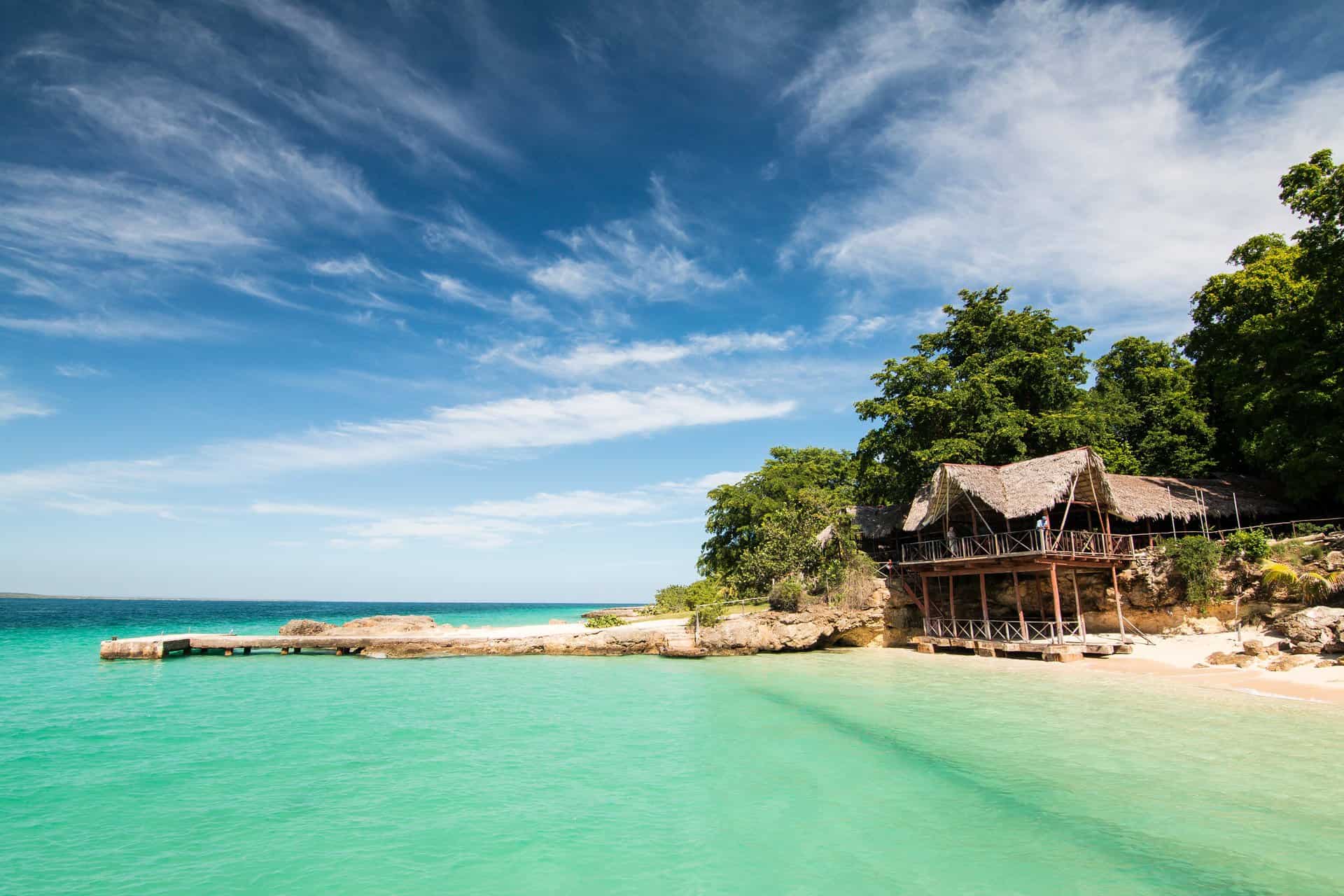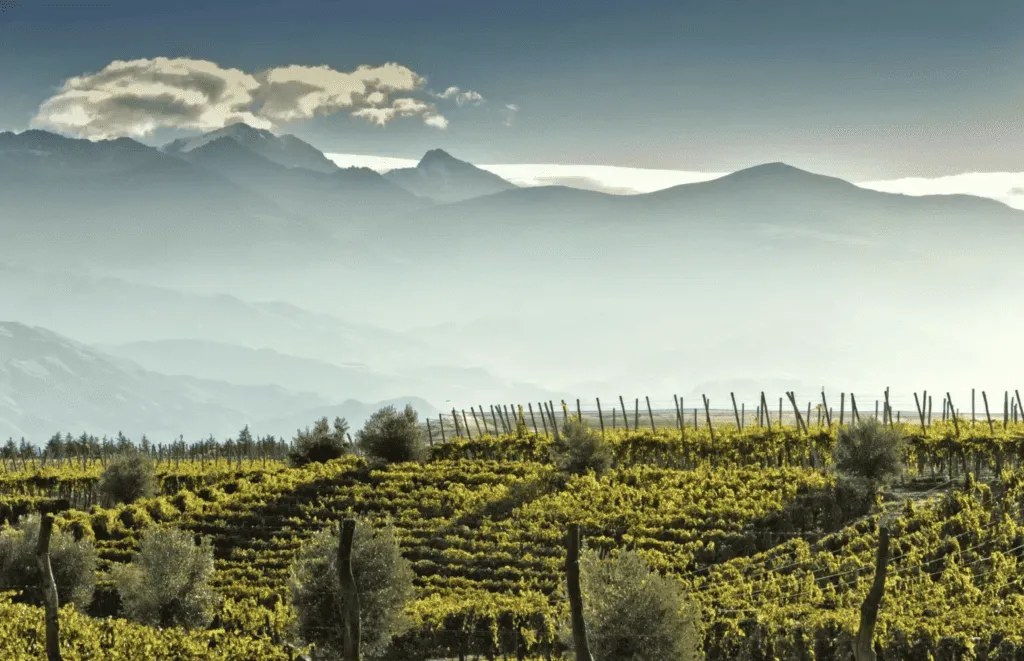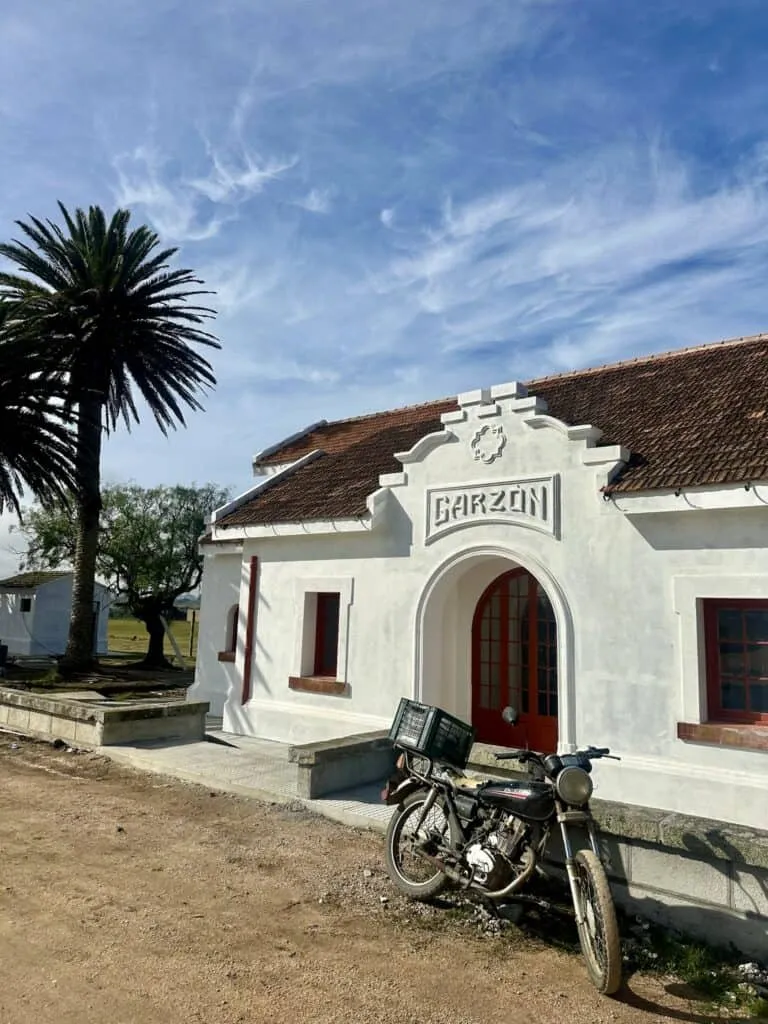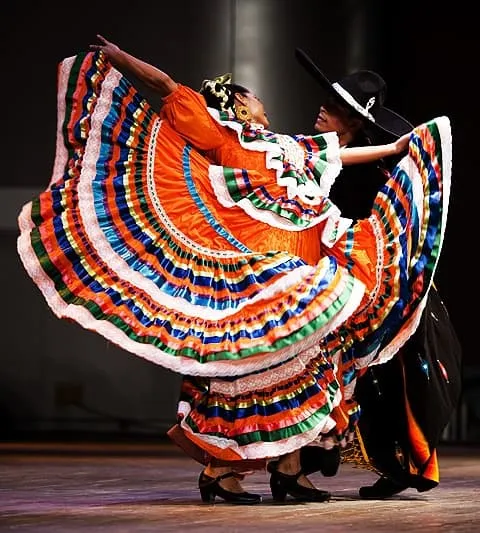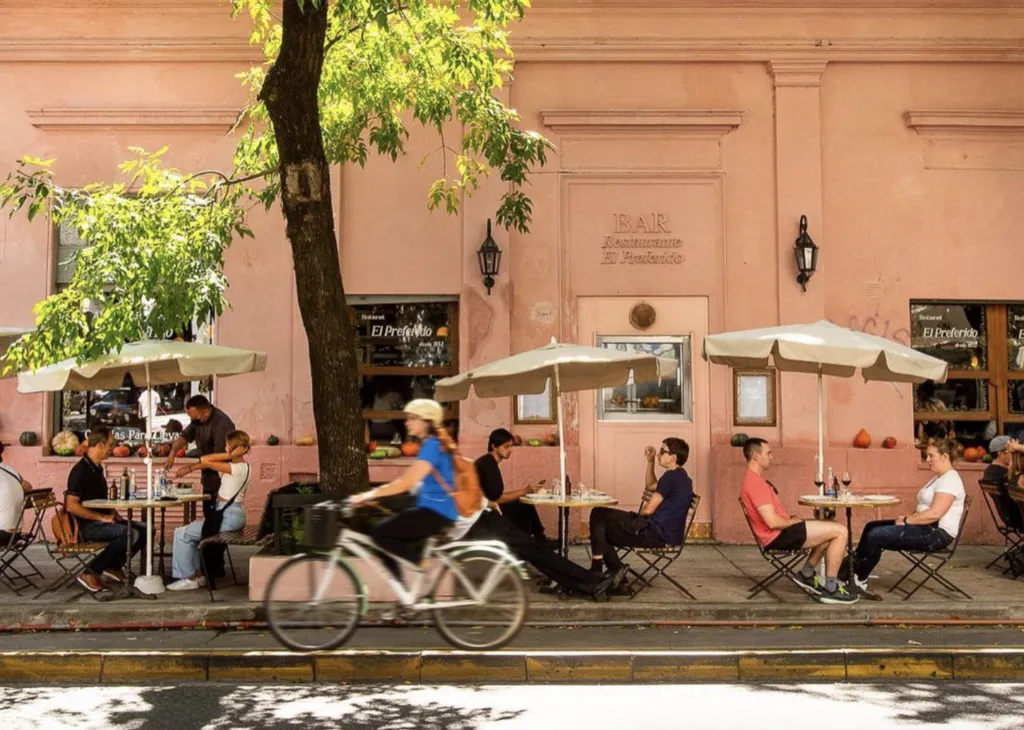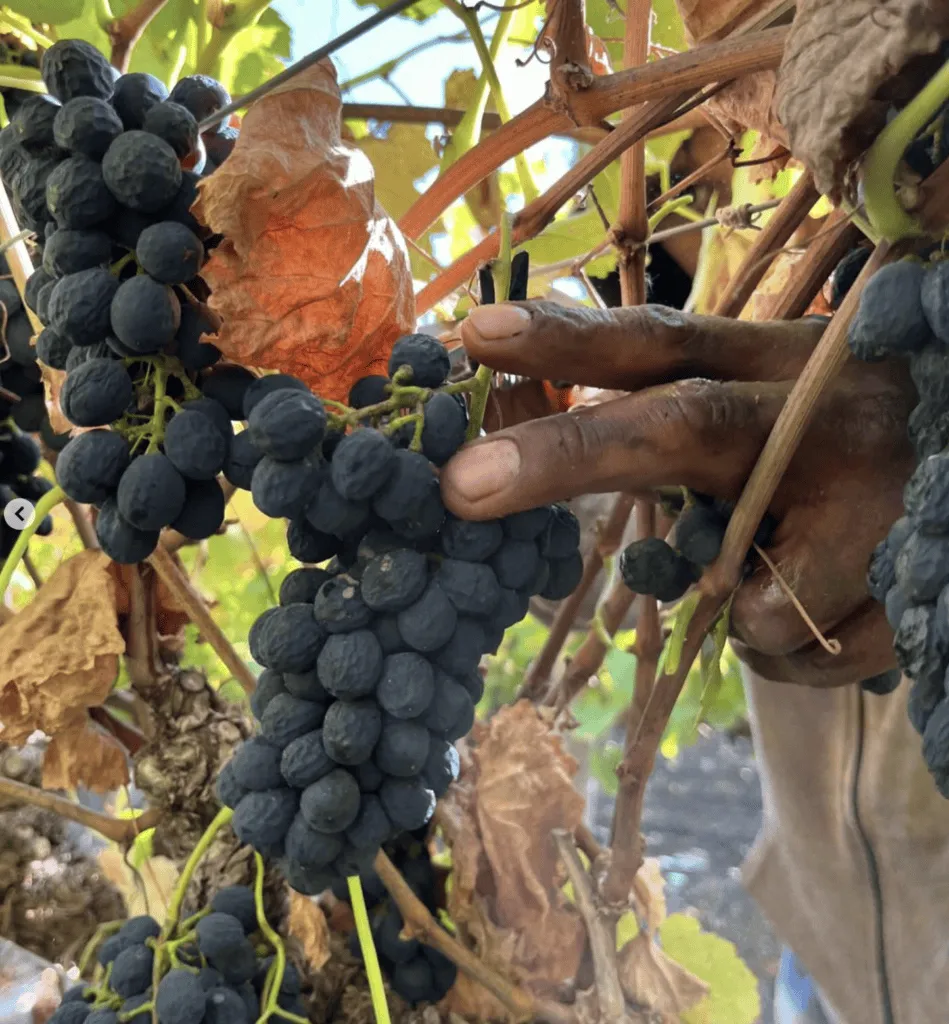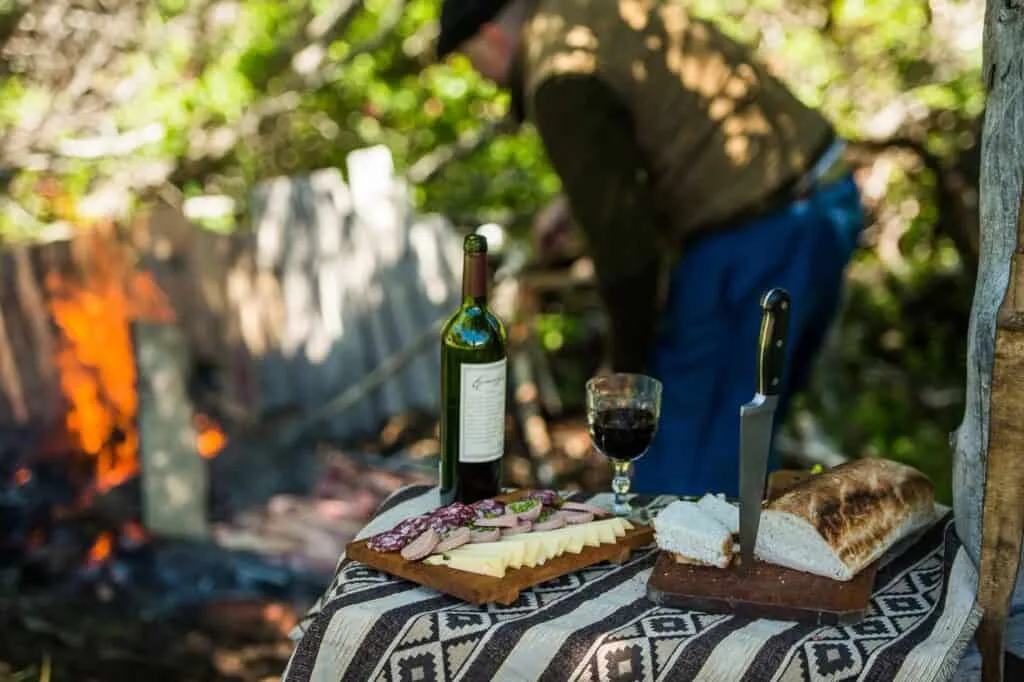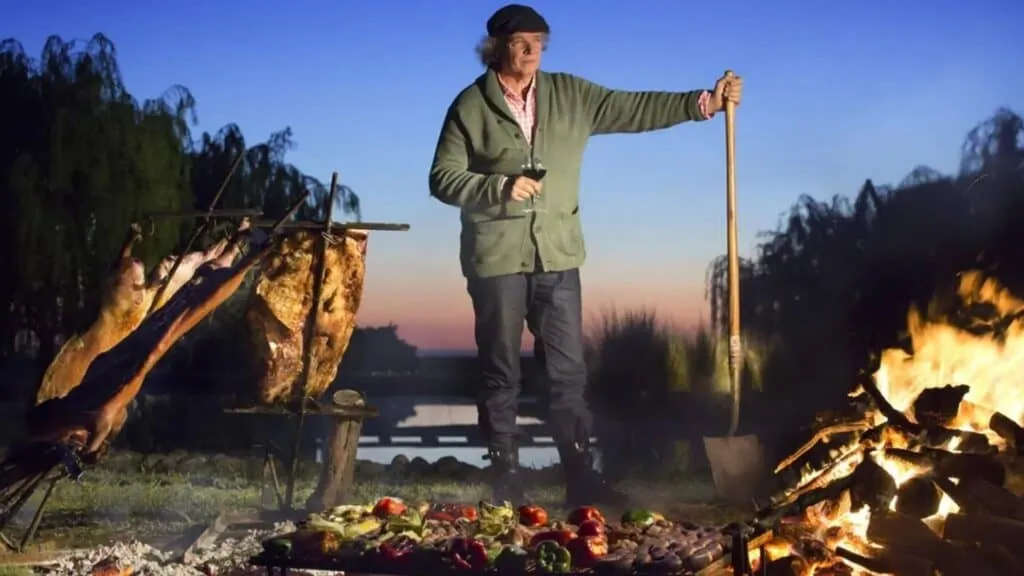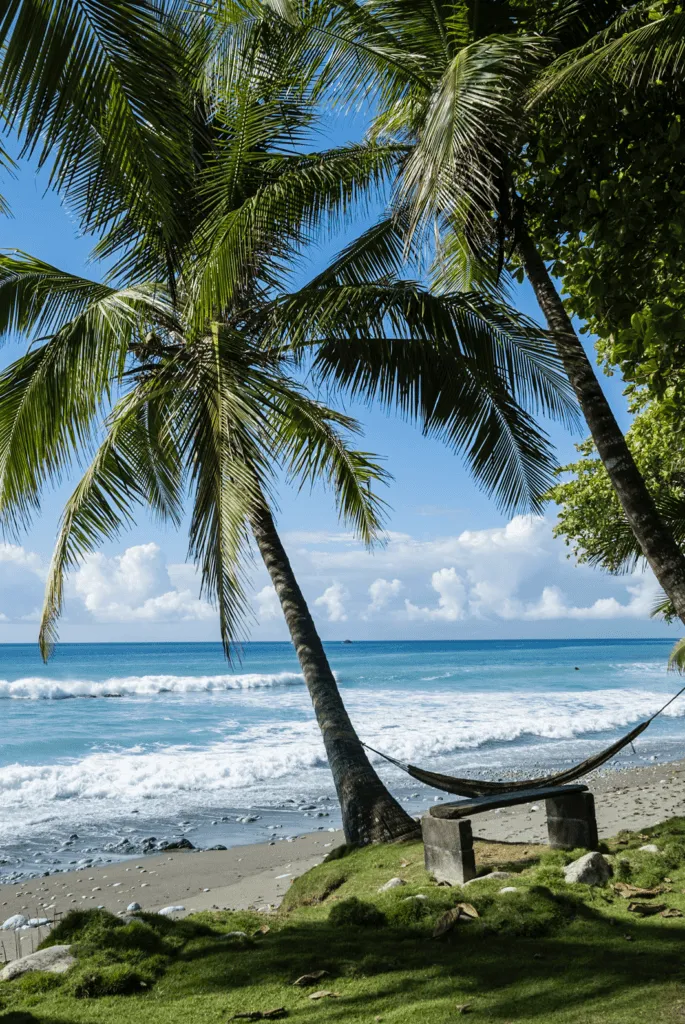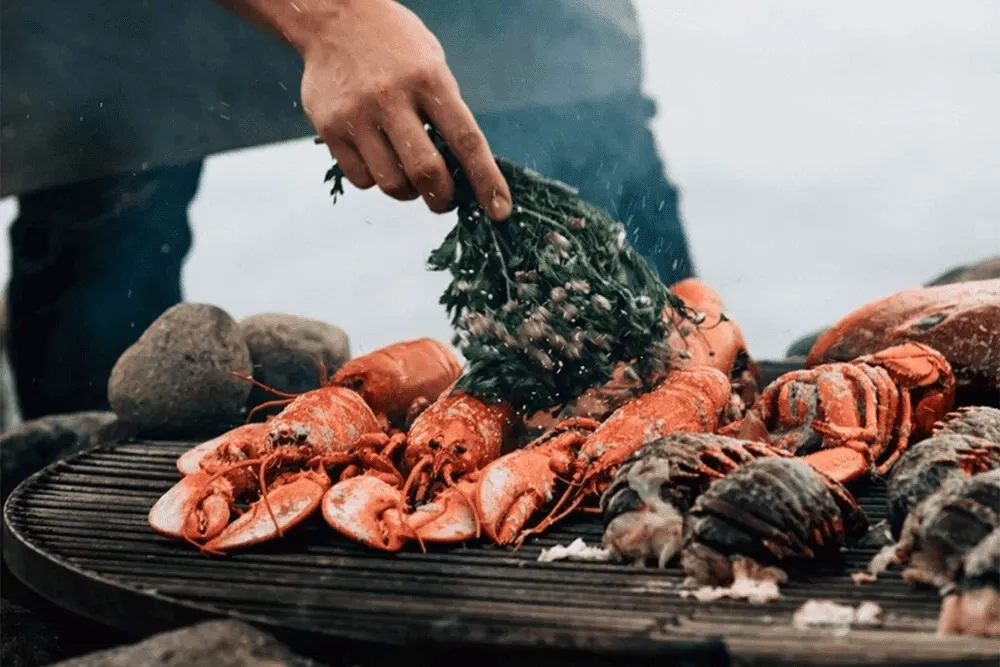
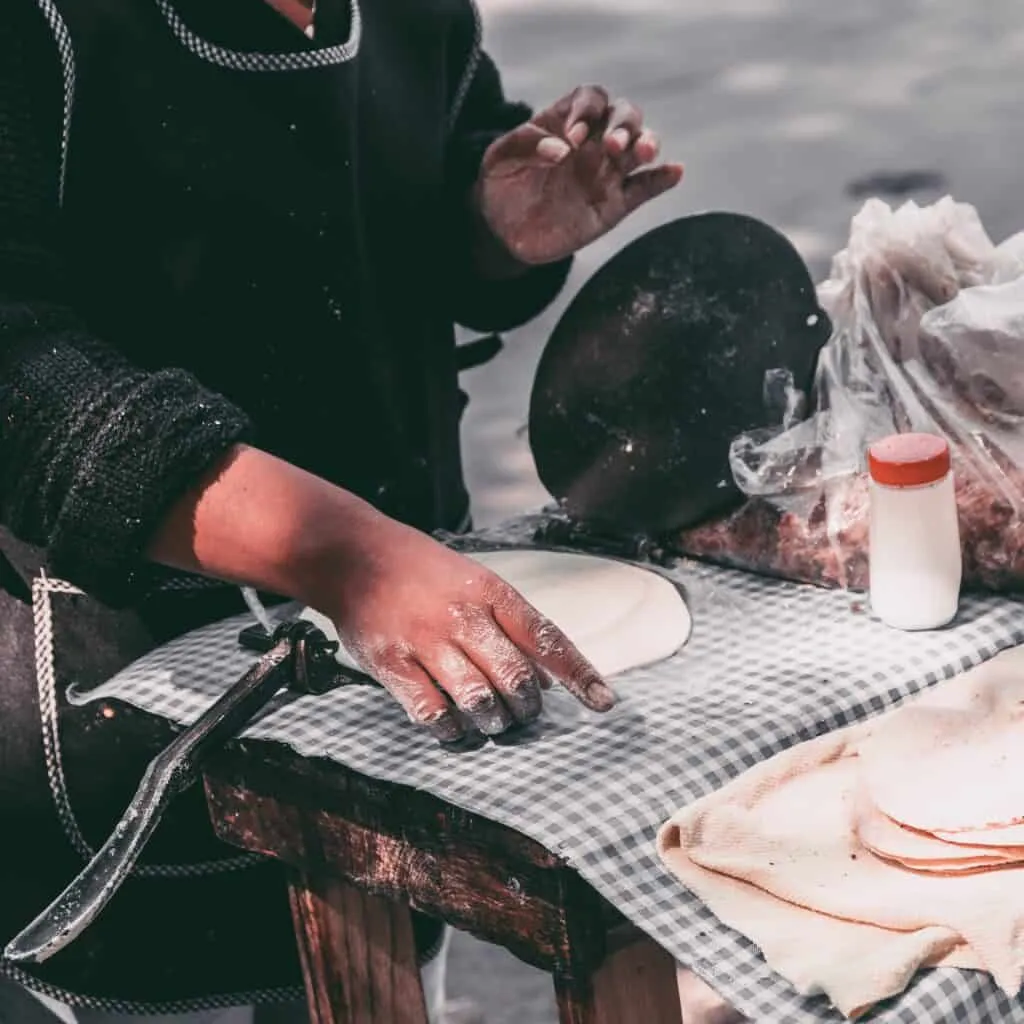
We are passionate about what we eat and drink and have reviewed many of South America’s top cafes, bars and restaurants for the travel pages of Condé Nast Traveller, Time Out and Vanity Fair.
We like to ensure that clients not only reach the right spots, but also sit at the best tables and know about the highlights of each menu. Nobody should visit Argentina without trying grilled mollejas (sweetbreads) with lemon juice – though there is also a feast of other mainstream delicacies!
For dedicated gourmands, we arrange fire cooking and ceviche classes; wine tastings with top sommeliers, caipirinha and cocktail courses, and dinners in extraordinary settings prepared by private chefs.
We also design itineraries around the distinctive flavours of each country, majoring on a handful of properties with outstanding kitchens and our favourite local restaurants.
EPICUREAN HOLIDAY INSPIRATION
All of our itineraries are fully bespoke, designed in conversation with you. Here are a few examples of the sorts of journeys we love to plan.
LATIN AMERICA’S TOP FOOD & WINE DESTINATIONS
We can organise food and wine-centred travel anywhere in Latin America, but many of our top picks for gourmands can be found here:
“We went to all of your supper recommendations in Buenos Aires and they were spot on – our favourites were the tasting menu and Don Julio – we can’t decide between the two!”
